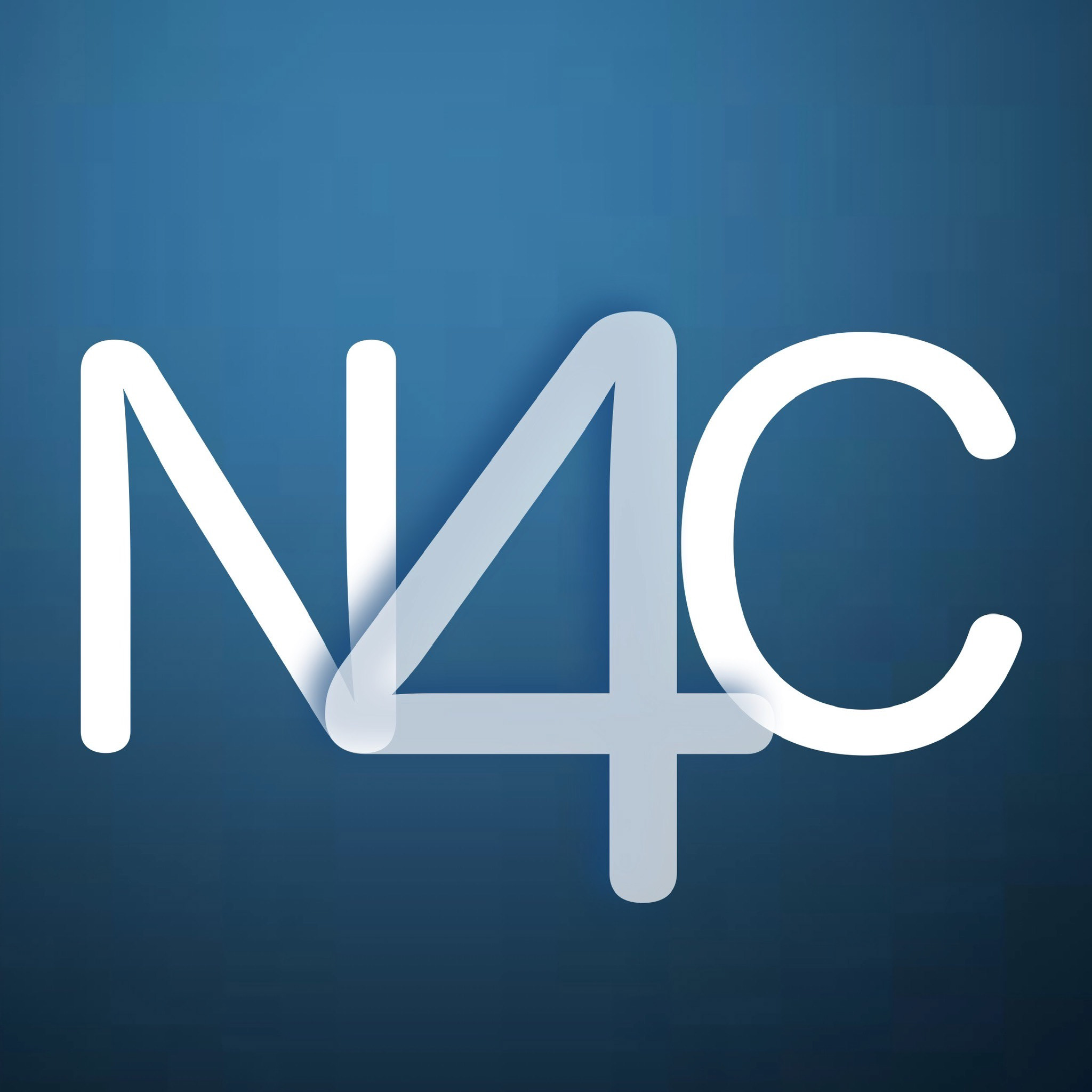It is fabulous that the arts scene in Sydney is finally coming alive again. Artists and the arts experience was forgotten and left behind when money was handed out during the Covid 19 pandemic. To see the city buzzing again and artists celebrated gives me a thrill. HeadOn is back after a two year hiatus and we decided to attend the launch and return on Saturday for a day of presentations.
For our luck, even the weather gods have decided to give us a break. The exhibition is being held at the newly renovated Bondi Pavilion. The warm sunshine, the ocean breezes and the happy smiles on everyone’s faces warmed our hearts as well. HeadOn is now one of the largest photo festivals in the Southern Hemisphere. This year the festival had more than 600 contributing artists from around the world taking part in the panel discussions, workshops and exhibitions. The festival is one of the biggest event on the photographic calendar in Sydney so please try and get to a few of the exhibitions if you can.
Raw. Authentic. Beautiful. Real. are some of the words that come to mind when I think of this festival.
The exhibitions have ranged from youth homelessness, to the Rohingyar refugee crisis as told by a few refugee photographers to narratives of womanhood. The genres range from portrait and landscape to photojournalism and street. It is an exhibition that celebrates diversity both in the genres that are included and the voices of the artists who participate.
One of the panel talks I enjoyed was the Narratives of Womanhood featuring the exploration of motherhood and the sometimes conflicting experiences of being a woman. Mikaela Martin’s exhibition was controversially titled ‘Good Lord, Leave your Mother alone’. She explores the space between the push-pull of motherhood and artist; between love and resentment. She says she started to photograph this experience to understand it more and that it always led her to love, expansion and wonder. She also explained that she started down this path because she wasn’t seeing her experiences represented. I am blown away by the honesty with which she talks about her work. Her work has been a wonderful therapy for her. An escape from the domestic life that we are all often suffocated by.
Ramak Bamzar has moved from Tehran to Melbourne and her exhibition is titled ‘Moustachioed women and rhinoplastic girls’, depicting two different generations of women living in the patriarchy and inequality in Iranian culture. The images celebrate life, freedom and women. She talks about what it’s like as a woman to live in a culture dominated by the constant presence of morality police on the lookout for women who might be showing a bit of hair or have dared to use nail varnish. Of course the recent events in Iran have heightened our awareness of these issues, so her work is incredibly topical and relevant. The comparison between what was considered beautiful a few centuries ago compared with the standards of today was really interesting and makes me wonder who defines these standards of beauty that so many women are enslaved by.
Sujata Setia, talks about her battle with clinical depression and her move from rural India to Britain. She says, her series’ Changing the Conversation’ was prompted by her 8-year-old daughter returning from school one day and asking if she was beautiful. She noticed her daughter starting to develop this binary worldview, and started her work as an effort to expand humanity, change the narrative and creating different views of the world we live in. Her images are not easy to look at but she doesn’t want to create images that are made just for hanging in a gallery.
Aline Smithson’s work is a bit of light relief in amongst some heavy themes. She explains that her work ‘Arrangement in Green and Black: Portraits of the Photographer’s Mother’, was inspired by the 1871 painting of Whistler’s mother. Aline explains how she salvaged items from garage sales, hand-painted sets and then talked her mother into creating this playful ensemble. Sadly, her mother passed away before the exhibition was completed.
One of the highlights of the festival was watching the premier of the film Blaze, documenting the latest work of Murray Fredricks as he journeys deep into country to give us another insight into the Australian Landscape. He uses non-destructive methods, to set trees alight in the lakes and rivers that are currently experiencing a lot of rainfall thanks to repeated cycles of La-Nina. While he says his work is primarily artistic, the political issues around our river systems and the Murray-Darling catchment are ever present, at least for me. It wasn’t that long ago, that this river system dominated our news cycles with the million fish kill thanks to the drought and misuse by over extraction for purposes like agriculture. The documentary is now online.
If you don’t live in Sydney, you can still listen to some of the talks online. https://headon.org.au
